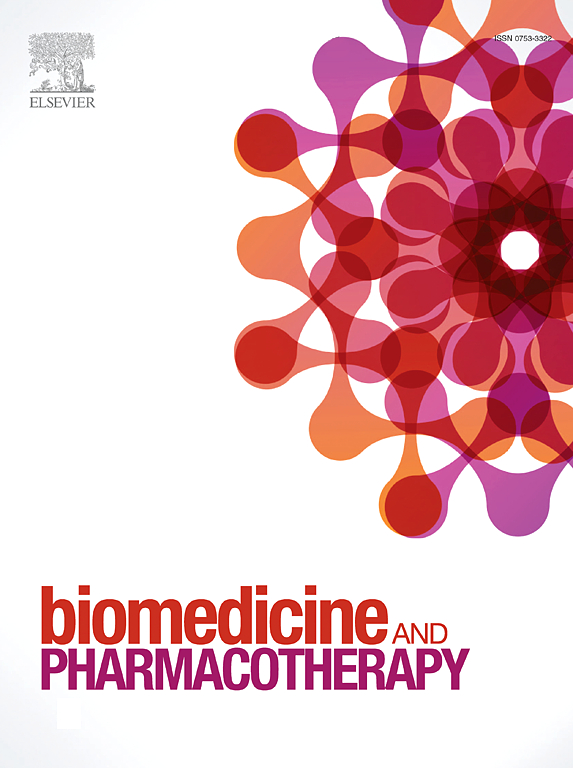Nanotechnology meets radiobiology: Fullerenols and Metallofullerenols as nano-shields in radiotherapy
IF 6.9
2区 医学
Q1 MEDICINE, RESEARCH & EXPERIMENTAL
引用次数: 0
Abstract
Despite significant advances in the development of radioprotective measures, the clinical application of radioprotectors and radiomitigators remains limited due to insufficient efficacy and high toxicity of most agents. Additionally, in oncological radiotherapy, these compounds may interfere with the therapeutic effectiveness. Recent progress in nanotechnology highlights fullerenols (FulOHs) and metallofullerenols (Me@FulOHs) as promising candidates for next-generation radioprotectors. These nanostructures possess unique antioxidant properties, demonstrating greater efficacy in rediucing oxidative stress compared to conventional agents. Moreover, their potential to minimize pro-oxidative risks depends on the precise identification of cellular environments and irradiation conditions that optimize their radioprotective effects. In parallel, Me@FulOHs serve as powerful theranostic tools in oncology. Their strong imaging signals enable high-resolution PET and MRI, facilitating early detection and accurate localization of pathogenic alterations. This dual functionality positions Me@FulOHs as key components in advanced radiotherapy. By integrating these nanomaterials with modern theranostic approaches, it is possible to enhance the precision of treatment while minimizing side effects, addressing a critical need in contemporary oncology. This review emphasizes the importance of systematic evaluation of context-dependent effects of Me@FulOHs, particularly in pre- and post-irradiation scenarios, to optimize their clinical relevance. The dual role of Me@FulOHs as both radioprotectors and diagnostic agents distinguishes them from traditional compounds, paving the way for innovative practical applications. Their use in radiotherapy represents a significant step toward the development of safer and more effective strategies in radiation protection and cancer treatment. We also review ionizing radiation effects, classifications, cancer radiotherapy applications, and countermeasures.
求助全文
约1分钟内获得全文
求助全文
来源期刊
CiteScore
11.90
自引率
2.70%
发文量
1621
审稿时长
48 days
期刊介绍:
Biomedicine & Pharmacotherapy stands as a multidisciplinary journal, presenting a spectrum of original research reports, reviews, and communications in the realms of clinical and basic medicine, as well as pharmacology. The journal spans various fields, including Cancer, Nutriceutics, Neurodegenerative, Cardiac, and Infectious Diseases.

 求助内容:
求助内容: 应助结果提醒方式:
应助结果提醒方式:


